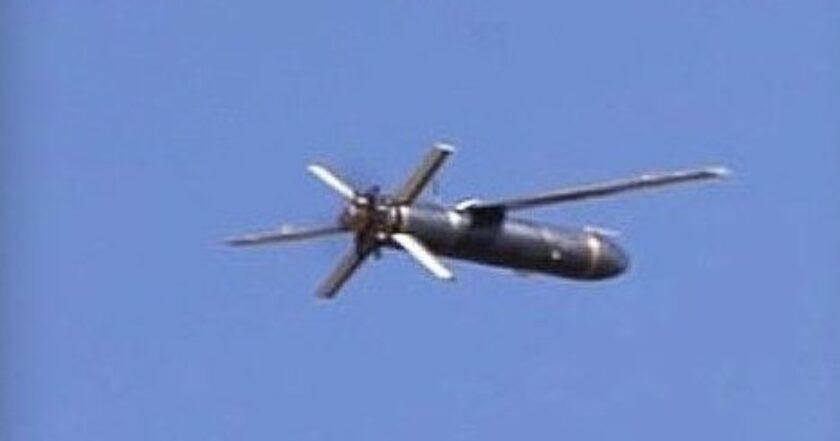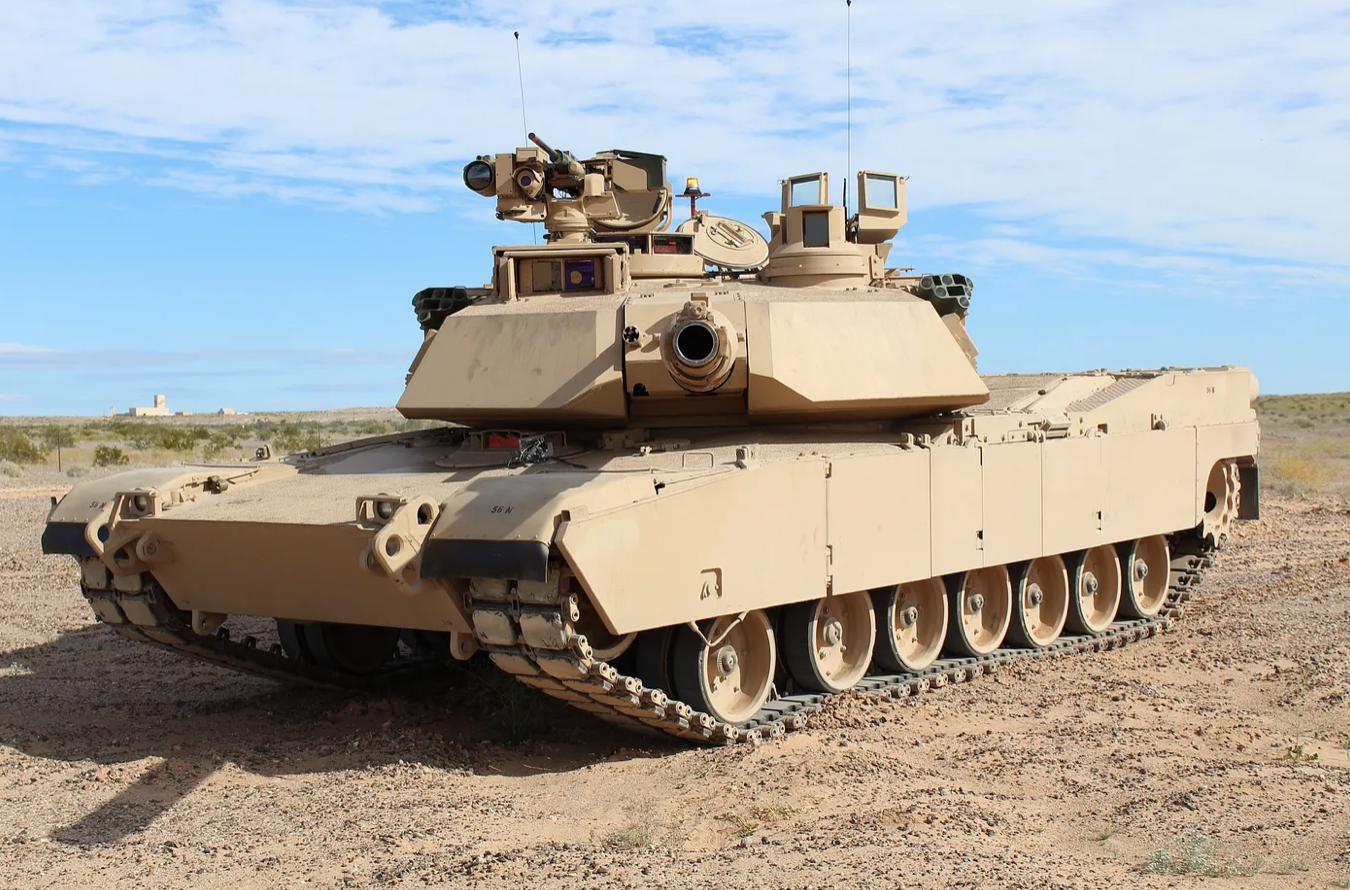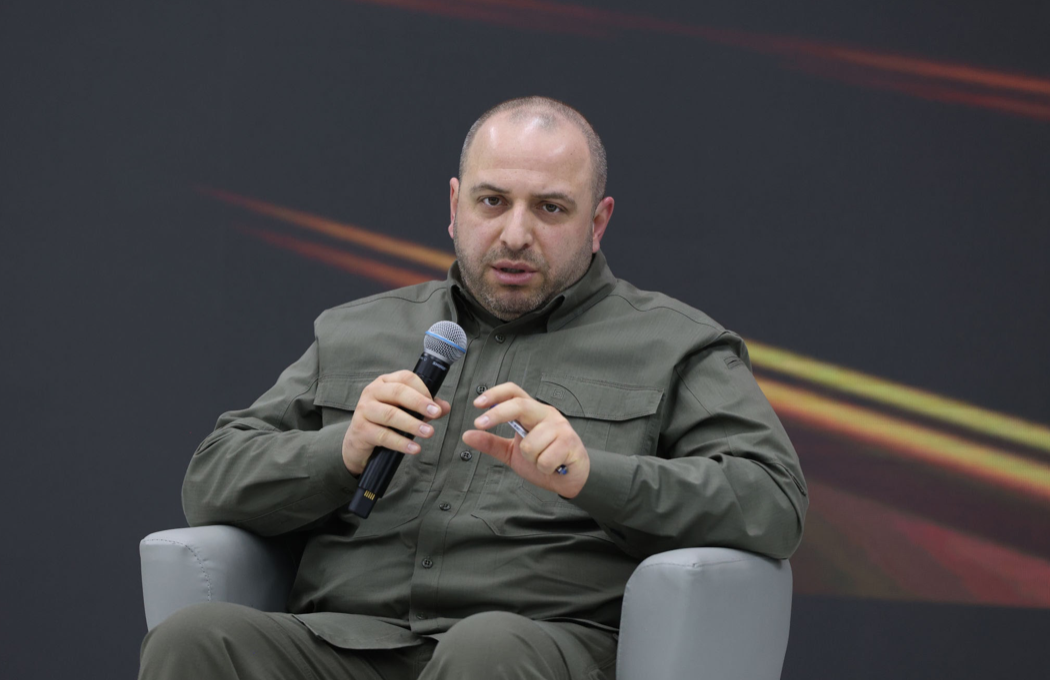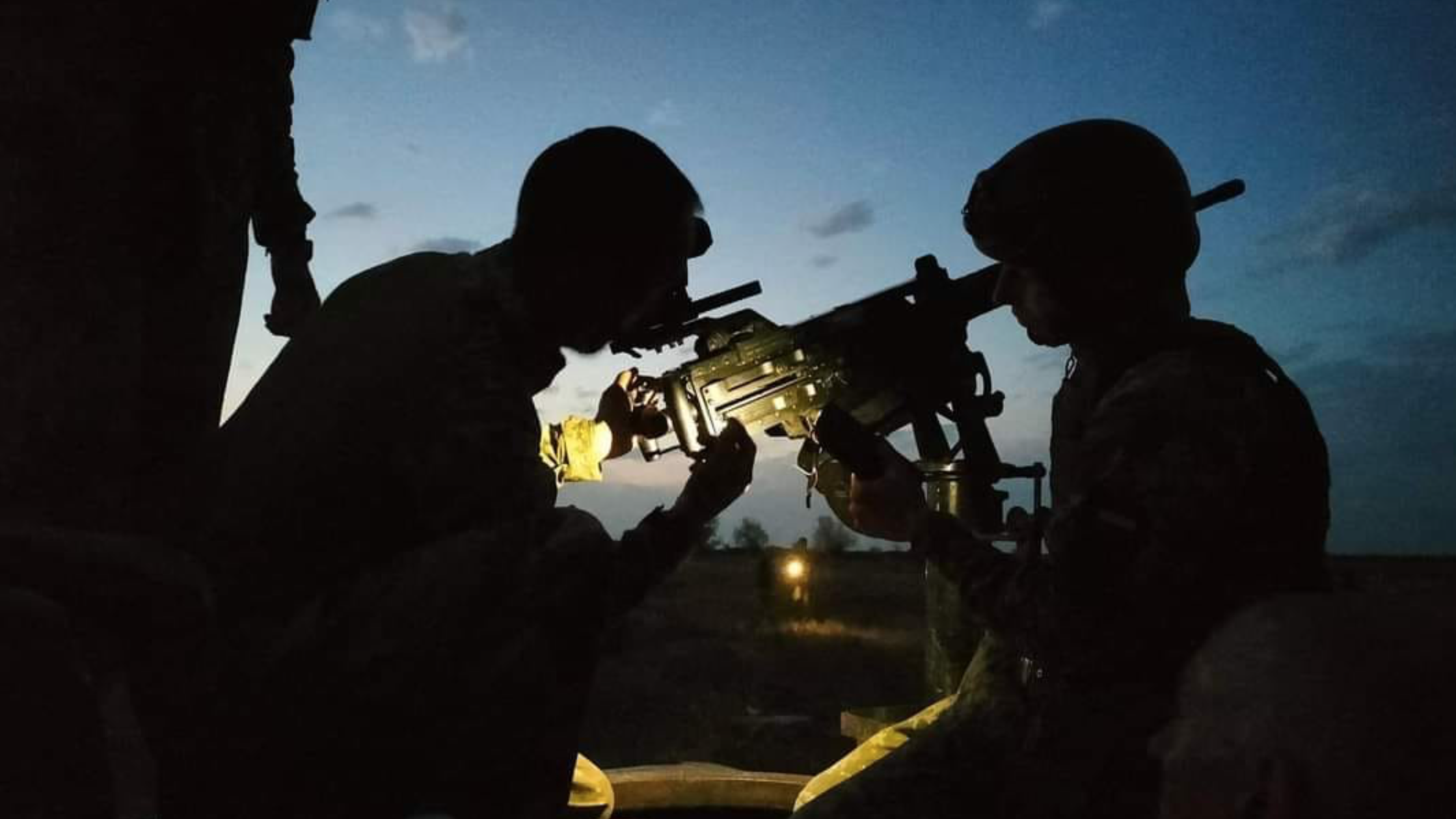Iranian kamikaze drone. Photo: rubryka.
On 13 October, in the evening, the Golani Brigade base in northern Israel was attacked by a drone launched from Lebanon. According to the military, the drone was probably an Iranian Ziad-107 kamikaze drone, which is actively used by Hezbollah militants. The attack caused significant casualties: four soldiers were killed and more than 50 were injured. This was reported by vesty.
Iranian drones and their capabilities
“The Ziad-107 is an Iranian-made unmanned aerial vehicle capable of covering a distance of up to 100 km. Hezbollah not only receives these drones from Iran, but also produces them locally, allowing the organisation to act autonomously. The peculiarity of these drones is their small size and special design, which allows them to remain invisible to most radar systems. Visual detection is also difficult due to their optical characteristics.
Hizbullah launched two drones to attack the Golani base. One of them was intercepted by the Iron Dome missile defence system as it approached the coast of the Negev, but the other managed to avoid interception and reach its target. The IDF is investigating how this was possible and why other air defence systems and aircraft failed to prevent the strike.
Why was the drone not intercepted?
One of the reasons why the drone launched the attack is likely to have been the use of low-altitude manoeuvres. The drone abruptly changed direction and descended, using the terrain to camouflage itself from radar systems and aircraft. This manoeuvre made it difficult to detect and intercept.
Hezbollah has gained considerable experience in the use of drones. While most attacks have been successfully repelled by Iron Dome and the Sling of David system, small kamikaze drones like the Ziad-107 often go undetected, especially in difficult mountainous terrain. Additionally, kamikaze drones are equipped with inertial navigation systems that allow them to continue their mission even when the GPS signal is jammed.
Common experience of Russia, Iran and Hezbollah
Hezbollah receives technological support not only from Iran, but also from Russia. The use of Russian and Chinese navigation systems, in particular in circumventing GPS interference, allows the terrorist organisation to act autonomously even in the face of active Israeli electronic warfare systems.
Despite the experience of the war in Ukraine, where kamikaze drones are also widely used, both Russia and Ukraine have not yet found an effective response to these drones. Israel is currently facing similar difficulties.
The future of drone warfare
The IDF and the Israeli defence industry are actively working to solve the problem of intercepting kamikaze drones. One of the promising technologies is combat lasers, which are already being tested. This technology is expected to enter service no earlier than 2025.
However, even after the introduction of laser systems, the main problem will remain the detection of drones at low altitudes. They are easily camouflaged in the terrain, making them difficult to detect and destroy. This is why the early warning system did not work during the attack on the Golani base, which led to the tragedy.
Israel continues to face challenges to its air defence system. Kamikaze drone attacks, especially in difficult terrain, remain a serious threat to the IDF. Solutions to improve the protection of bases and military installations will take time and new technologies, such as laser systems. However, at present, defences against such attacks remain imperfect.

















